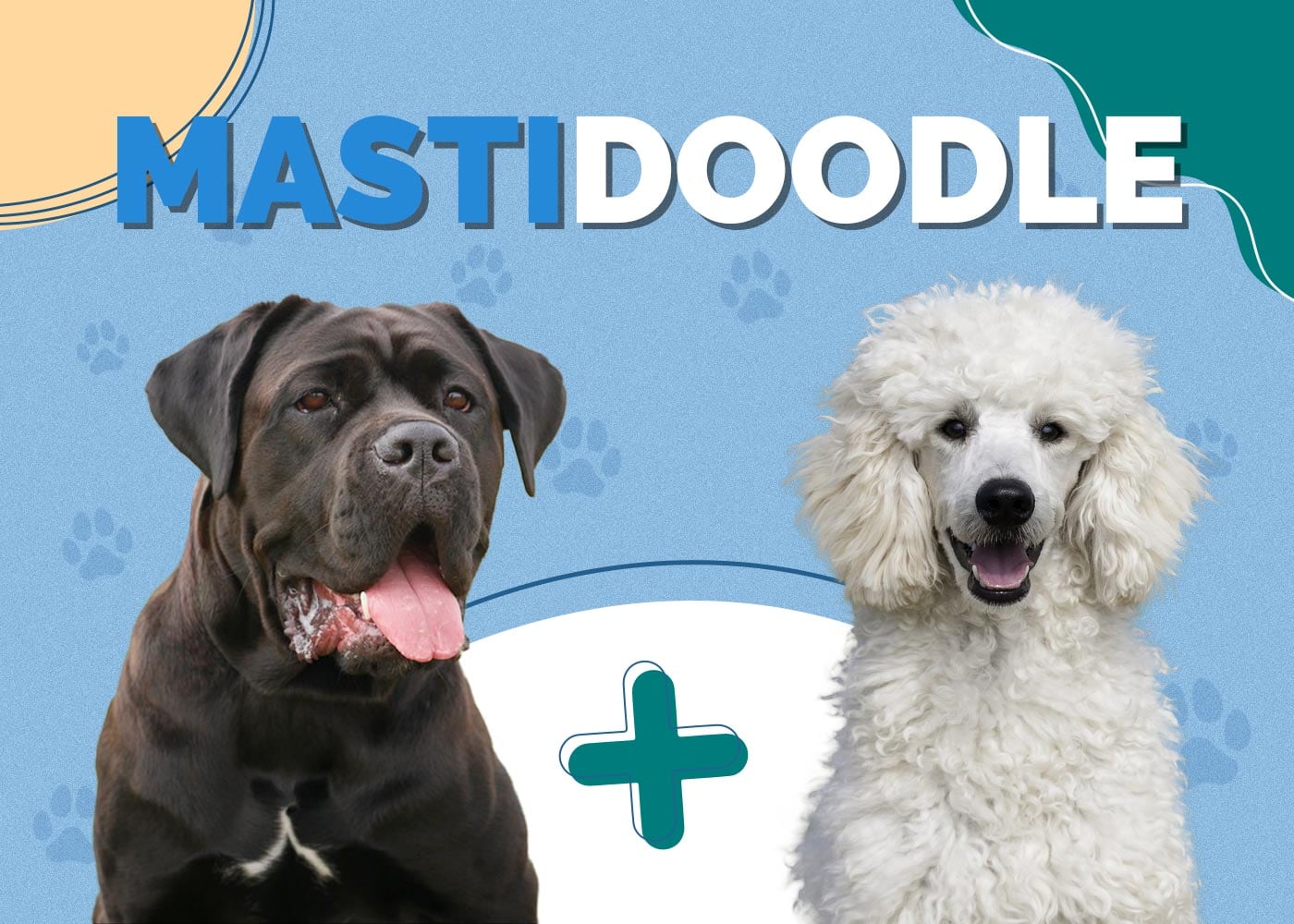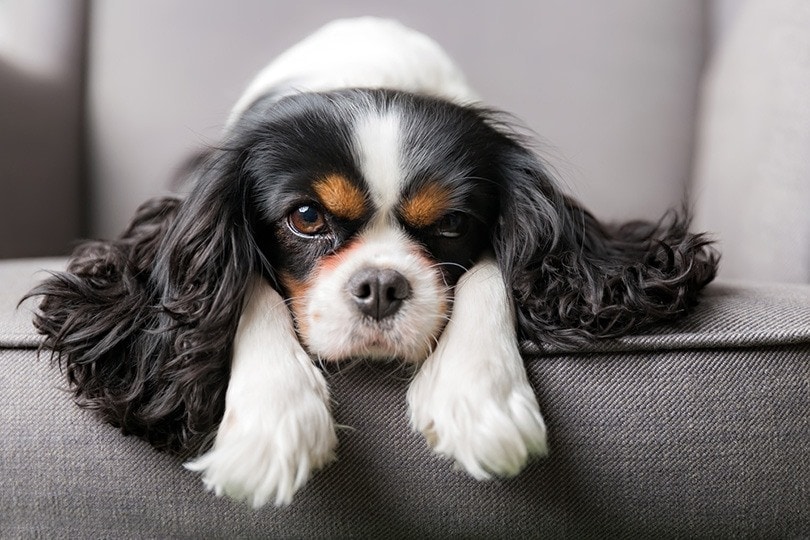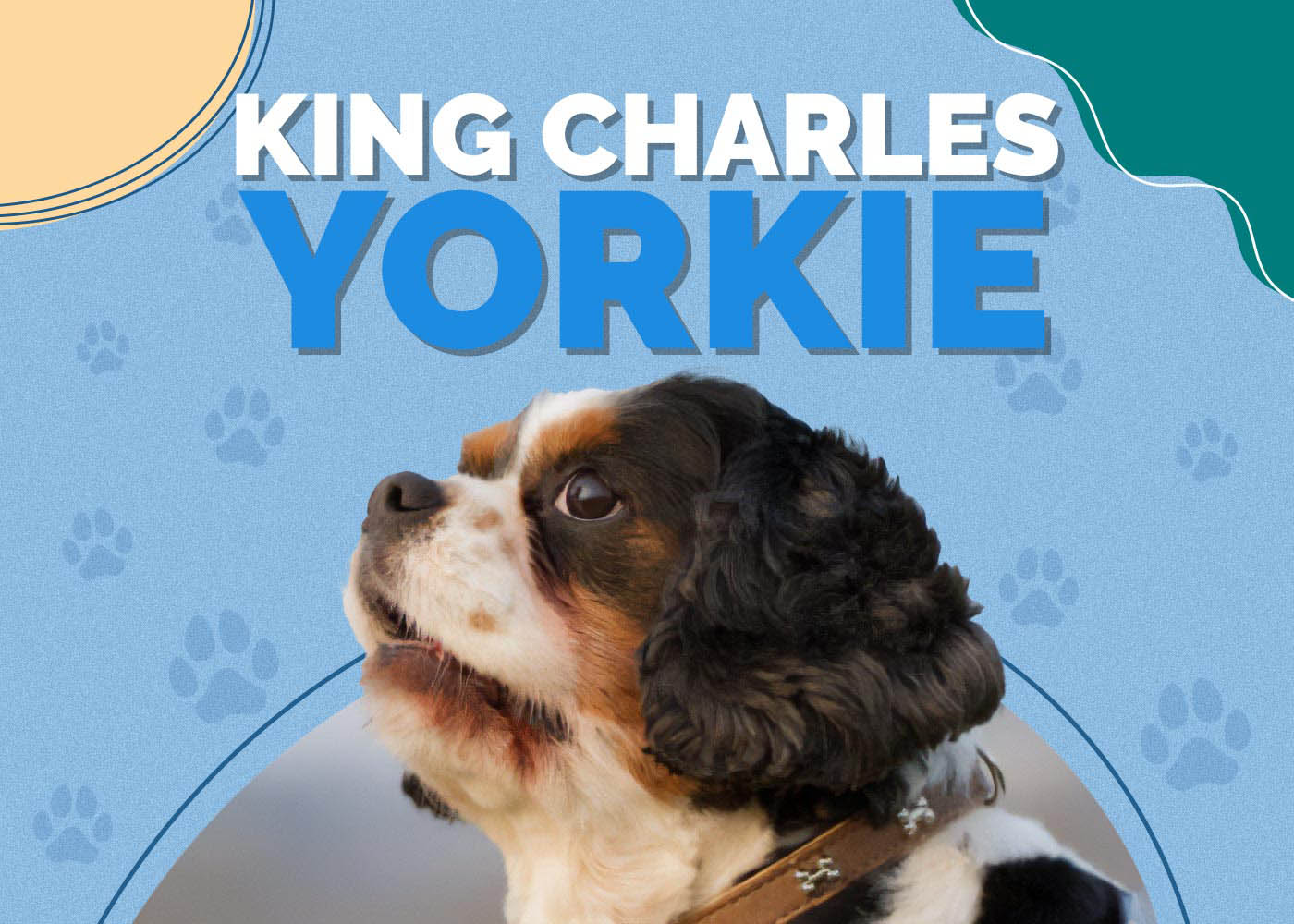German Pinscher Dog Breed Info: Pictures, Personality & Facts

Updated on
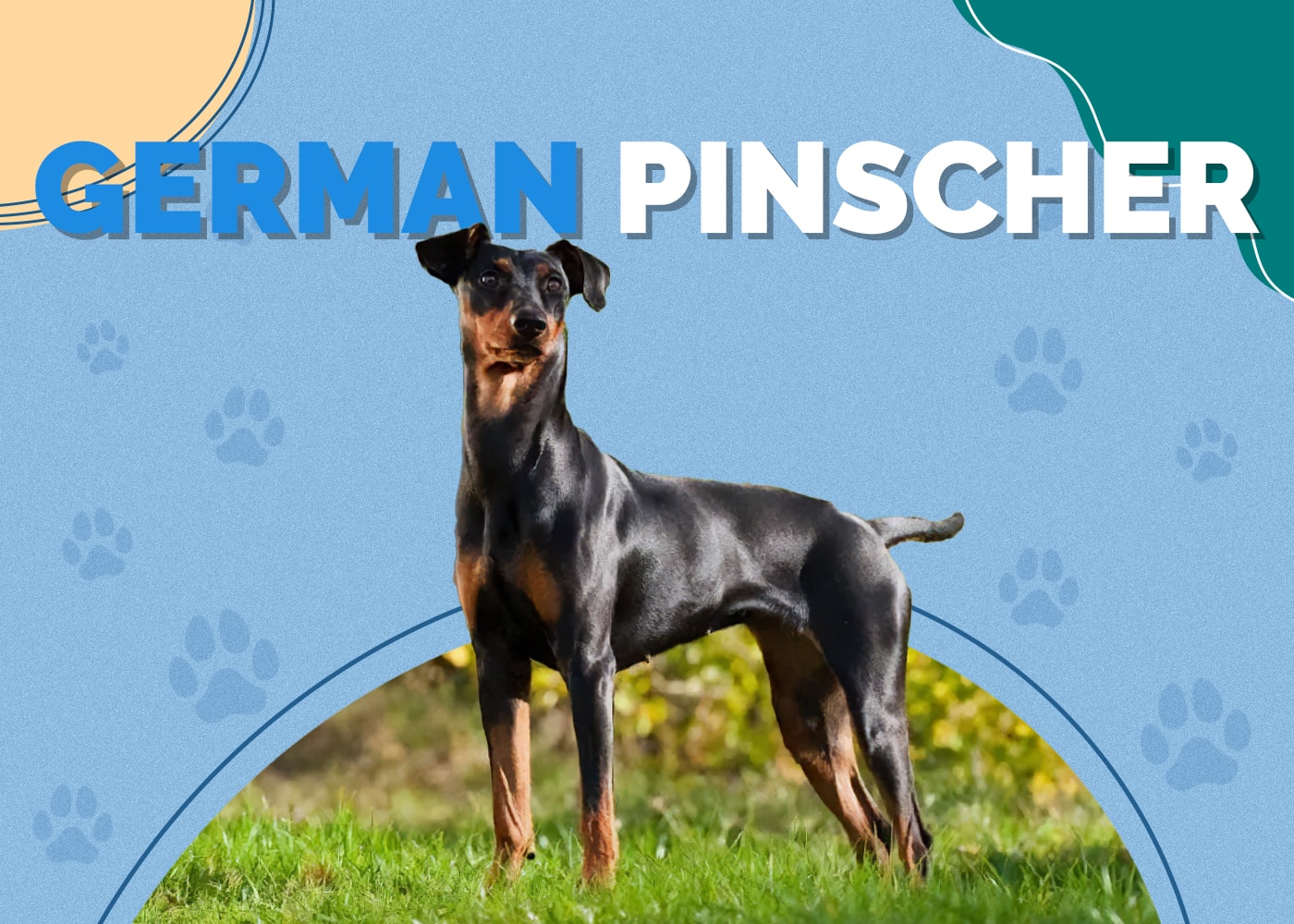
| Height: | 10 – 13 inches |
| Weight: | 24 – 44 pounds |
| Lifespan: | 12 – 14 years |
| Colors: | Black, brown, fawn, red, blue |
| Suitable for: | Active owners that have previous experience with hunting dogs |
| Temperament: | Intelligent, Familial, Lively, Energetic |
The German Pinscher is a rat-catching, working dog. His intelligence means that he has been used for a wide variety of tasks. He is one of Germany’s oldest dog breeds and has given rise to a host of other breeds including the Doberman Pinscher and Miniature Pinscher, both of which he is confused.
The Pinscher is highly intelligent. As such, he can be trained quite easily, but he does need consistent and firm training, otherwise, he will tend to get his own way. A bored German Pinscher can become an unruly and destructive one, so owners are encouraged to take up dog agility or some other form of activity that exercises the body and brain.
He is usually a loving member of the family and will get along with all family members, but he can be untrusting of strangers and have a high prey drive, so he may not be ideal for families that have cats and smaller animals.
The Pinscher makes an excellent guarding dog. He isn’t prone to excessive barking, so when he does get vocal, it means that something is definitely up, and you should investigate.
German Pinscher Puppies
The German Pinscher is a purebred, and his breed is widely recognized around the world, including by the American Kennel Club. Despite this, his cost is not as high as some other breeds.
If you are getting your Pinscher from a breeder, it is important that you buy from a reputable source. This is important because a reputable breeder will treat the parents and puppies humanely. They will also ensure that the puppy and his parents have had any necessary health screening checks, and you should receive kennel club registration.
The Pinscher can be headstrong and difficult to train, especially for the uninitiated. As such, several of this breed do end up in rescues and shelters. You could find a good Pinscher that just needs a more experienced hand. However, you should always take care to meet the rescue Pinscher before you adopt. The breed can be aggressive with other dogs and, albeit rarely, with people.
3 Little-Known Facts About the German Pinscher
1. The German Pinscher Nearly Became Extinct
After the World Wars, the German Pinscher nearly became extinct. People were reluctant to adopt or buy any German dog breeds, and especially those with German in the title. This is why, for a short time, the German Shepherd became renamed as the Alsatian.
The German Pinscher wasn’t lucky enough to undergo a rebranding, but he was lucky enough to have breeder Werner Jung championing his corner. Not a single litter of German Pinschers was registered between 1949 and 1958, which meant that there were few surviving examples of the breed.
Jung scoured Germany to find good examples of the breed and then combined these with some large Miniature Pinschers and a female Pinscher from across the border in East Germany. He smuggled the female into West Germany and almost single-handedly rescued the breed and prevented it from disappearing. The vast majority, if not all, of today’s German Pinschers can be traced back to Jung’s collection of dogs.
2. The German Pinscher Is Mistaken for Other Breeds
Many people mistakenly believe the German Pinscher to be a Miniature Doberman or a large Miniature Pinscher, but he is very much his own breed. In fact, he was used as a basis for breeding these two dogs and has a longer history than both. He is most closely related to the Schnauzer. Originally, the smooth-haired and wire-haired Pinscher were considered a single breed but were divided in the early 20th Century when the wire hair Pinscher was renamed the Schnauzer.
Today’s German Pinscher is the same breed as the original smooth-haired Pinscher. The German Pinscher’s only officially recognized colors in Germany and most of the rest of the world are solid red and black with tan or red. In the USA, however, colors can include red, fawn, and blue.
3. German Pinschers Are Not Recommended for Novices
The German Pinscher is considered a highly intelligent dog. This ensured that he was not only used as a formidable rat catcher but could turn his hand to most jobs. He was used for herding and hunting and was regularly used as a guard for coaches and other transport.
Another desirable trait for these working roles is independence, and it is this independence, or headstrong nature, that means the breed is not considered suitable for novice owners. He needs a firm training hand, typically from an experienced handler. The handler must assert himself as the dominant leader of the pack, otherwise, the Pinscher will take charge.
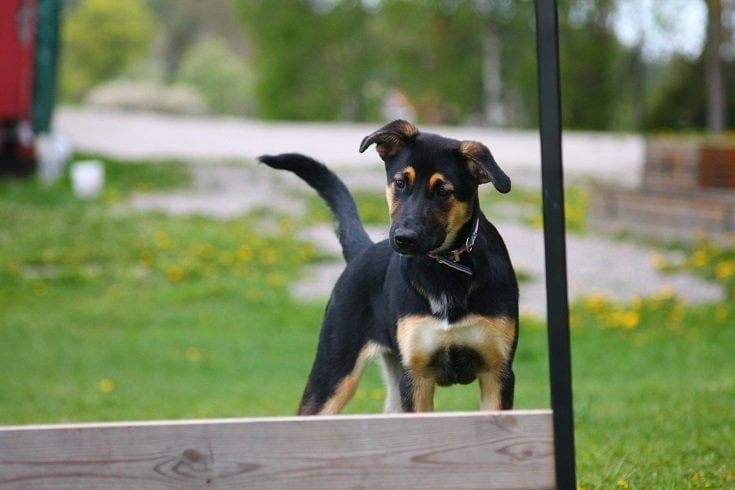
Temperament & Intelligence of the German Pinscher 🧠
The German Pinscher is very intelligent. An experienced handler can train him to do virtually anything, and he will listen and enjoy the tasks he is provided. He is efficient, cool, calm, and collected, and he is not usually given to bouts of over-excitement except when you return home after leaving him.
The Pinscher bonds closely with his family, which means that he can suffer separation anxiety if he is left alone for longer periods of time. If you work a full-time job and he won’t have any company for most of the day, it might be a good idea to consider a different breed. Dogs that suffer separation anxiety can become loud, destructive, and unruly.
The Pinscher is also very energetic, and you will want to burn this energy off. Be prepared to take your dog on lots of walks, ideally long walks, and if you can give him the opportunity to run then he will really appreciate this.
Having been used as a rat catcher and hunter for more than a century, the breed is still highly adept in these roles today. If you have any vermin that needs flushing out, your new dog will make short work of it and, once he’s finished, he will be happy to head home and spend time with you and the rest of the family.
Are These Dogs Good for Families? 🏡
The German Pinscher might be used as a guard dog and a hunting dog, but he makes an excellent family dog because of his many great attributes. He can be trained so that he doesn’t jump up excitedly when you enter a room, which is one of the first areas where you will probably want to train him. He will also enjoy playing boisterous games with you or older children in your family, and he will usually form a close bond with any kids. He will be willing to protect you all with his life and makes an excellent family guard dog.
The breed can be wary of strangers, which means that you will need to socialize him early. Take him to puppy classes, get down to the dog park, and let him mingle in a controlled environment with other dog owners that understand what is going on.
If you find your Pinscher to be a bit of a handful, you should consider some form of agility classes, or give him a working role. If you don’t have a herd that needs rounding up, create games that are similar in their physical and mental requirements, and try to train him to learn new tricks regularly. Your dog, your family, and you will reap the rewards.
Does This Breed Get Along with Other Pets? 🐶 😽
Having been used for catching rats and for hunting, the German Pinscher has been bred to chase small animals. A lot of this instinct remains in the modern breed, which means that your dog is likely to have a high prey drive.
For this reason, you should avoid walking him off his leash, or he may have a tendency to chase cats and some small dogs. He can also be very wary of other dogs, although a careful introduction may make it possible to keep a Pinscher and another dog at home. Although there are exceptions, you should avoid taking a German Pinscher if you have cats or small animals at home.

Things to Know When Owning a German Pinscher:
The German Pinscher has a long and distinguished heritage. He is a working dog, a guard dog, and a hunter. He has a lot of energy but has minimal grooming and care requirements. The breed also has a good life expectancy, typically living to an age of around 14.
Read on to find out more about what day to day life with a German Pinscher is like.
Food & Diet Requirements 🦴
This breed is very active. In fact, you will find it difficult to tire him out completely. As such, he needs a diet that matches his activity levels, so be prepared to feed your dog high quality, high protein diet. He will use every bit of protein you throw at him in order to build and maintain his very muscular physique. Be careful not to overfeed him, though, especially if this is combined with a lack of quality exercise, because he will quickly pack on the pounds and they can be just as difficult for our canine friends to lose as they are for us.
Exercise 🐕
As we mentioned, the Pinscher is a very energetic dog. He used to guard coaches, which meant accompanying them, often on foot, for many miles. He has also been used as rat control, which means staying mentally alert for hours while being able to pick up speed very quickly indeed.
Even if his job in your family is simply to be a part of the family, he still has many of the same attributes that have made him such an effective working dog in the past. If you enjoy long walks, take him with you, and be prepared to go on another walk later that day. If you like running, take your Pinscher with you. In fact, whatever you enjoy doing, be prepared to grab the leash and take your four-legged friend along.
As well as being a working dog, the Pinscher has excelled in agility and other classes. His energy levels, combined with his mental agility, means that he can excel at just about any task you give him.
Training 🦮
As intelligent as he is lively, the German Pinscher can pick up new tricks and commands throughout his life. This means that, unless you ensure that he is learning the commands and activities that you want him to, he will make up his own routine and follow that.
You need to be a dominant trainer to properly handle a Pinscher, and he is not a good breed for first-time owners for this very reason.
Assertiveness should never be confused with physicality, especially with a breed of this type. It can lead to anxiety, it can instill behavior problems in your dog, and it can even lead to aggression.
Enroll in puppy classes as soon as possible. These provide you and your dog with basic training, so you can quickly pick up basic commands. It also allows you to mix with other owners and meet other dogs, and this socialization will play a key part in ensuring that your Pinscher becomes a well-rounded and friendly dog in the future.
Grooming ✂️
Although the Pinscher might be considered a handful with his training and exercise, one area where he is low maintenance is in his grooming. He has a short coat that falls between smooth and wiry. He will shed, but not excessively, and if you brush once or twice a week, this will prevent damaged fur from getting matted or knotted.
You should check your dog’s ears fairly regularly and clear out any gunk using a damp cloth. This can help prevent ear infections. Although these are more common in dogs with ears that fold down, it can still be a problem in other breeds.
Only bathe your dog when absolutely necessary, because this can strip the natural oils away, leaving your Pinscher unprotected from rain and wind.
Brush his teeth two or three times a week. Start from a young age and, if you struggle using a standard brush, use a finger brush. If you start when a dog is young, they will be less likely to become agitated or anxious when you brush. Make it part of your training and turn it into a training session and you should enjoy good results.
Finally, nails should be kept short. A good rule is that when you can hear the nails clipping on hard surfaces like wood or laminate floor, it is time to trim them. This may occur roughly every two months, although the time could be less if you regularly walk your dog on concrete. Again, it is best to start the practice when he is young to prevent agitation and to get both of you used to the procedure.
Health and Conditions ❤️
Another area where the German Pinscher excels is in his general health. He is a tough and rugged dog and will rarely pick up knocks or other problems. However, there are some health conditions that he can be prone to. Look for signs of the following and consider regular screening to ensure that he remains as healthy as possible.
Hip dysplasia is a relatively common problem in this type of breed. It can lead to arthritis and cause pain in the joints. Dogs that have this condition should not be bred, which lessens the chance of puppies being born with it. Check with your breeder to ensure that both parents have been screened for this condition.
Some common health complaints include:
- Cataracts
- Von Willebrand’s disease
- Hip dysplasia
Male vs Female
Both the male and female German Pinscher usually grow to the same height and weight. There is little difference between the male and female of this breed in terms of temperament, either.
Final Thoughts
The German Pinscher is a historical German breed and, despite nearly disappearing after World War II, his skills as a rat catcher and his affectionate nature with family means that he has grown in popularity again since being reintroduced to the world. Today, you can expect a highly intelligent, playful dog that is very loving and has a close bond with his family, which can include older children. His prey drive means that he is best in a family with no rats or other rodents, but early socialization can help ensure that he will mix well with strangers as well as close family.
A generally healthy breed, the German Pinscher is strong and very intelligent. He does well in dog agility, is used as a guard dog and as a service dog in countries around the world, and is ideal for those families that lead a very active life and want a guardian and companion to accompany them on their adventures.
See also:
- German Pinscher vs Doberman Pinscher: What’s the Difference?
- German Spaniel (Deutscher Wachtelhund): Info, Pictures, Characteristics & Facts
Featured Image Credit: Dora Zett, Shutterstock


